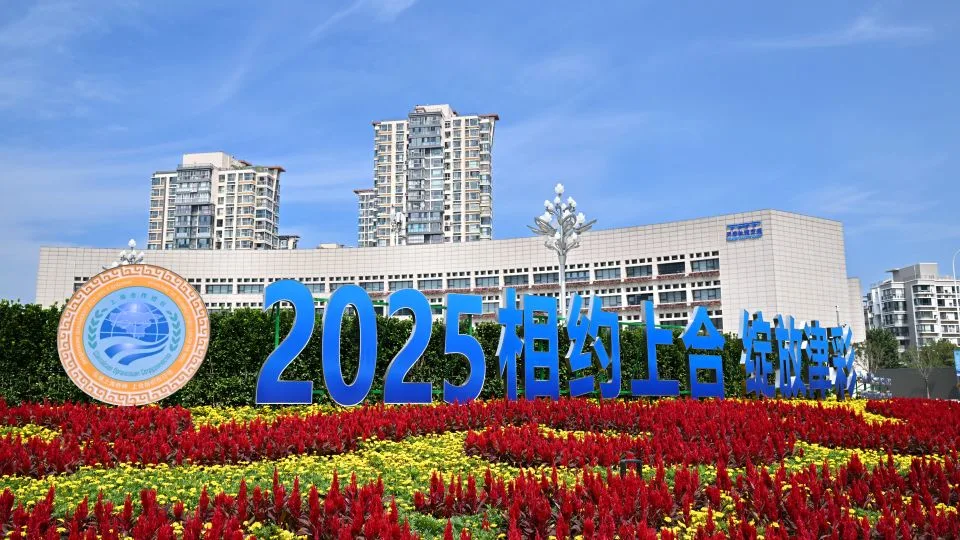This weekend, Chinese President Xi Jinping will welcome an eclectic mix of world leaders – ranging from allies and adversaries to populists and autocrats – for a high-profile summit meant to cast Beijing as a credible alternative to Western-led global institutions.
The two-day gathering of the Shanghai Cooperation Organization (SCO), held in the port city of Tianjin, brings together heads of state and delegations from Asia, the Middle East, and beyond. The SCO, co-led by China and Russia, has become a key platform for both Xi Jinping and Vladimir Putin to advance their vision of a “multipolar” order that dilutes US influence.

Stagecraft and Symbolism
Chinese officials describe this as the SCO’s largest summit yet, timed to showcase Beijing’s role as a “stable anchor” amid global turbulence. The event comes just before a massive military parade in Beijing, underscoring not only China’s diplomatic ambitions but also its expanding military clout. Leaders such as Putin, Iran’s President Masoud Pezeshkian, and Pakistan’s Shehbaz Sharif are expected to stay for the parade, which will highlight China’s World War II legacy and modern arsenal.
Hosting the summit in Tianjin carries deliberate symbolism: the city was once a site of colonial humiliation and foreign occupation. Today, it is recast as the stage for China’s claim to leadership in Eurasia.
Moscow’s Moment in the Spotlight
For Putin, the summit offers valuable visibility just weeks after his meeting with Donald Trump in Alaska, and amid continuing international condemnation of Russia’s war in Ukraine. He has branded the Sino-Russian partnership as a “stabilizing force” committed to building a fairer global order – language widely read as a rejection of US dominance. Russia’s military escalation in Ukraine, however, casts a long shadow, as the SCO has consistently avoided direct statements on the war.

Diverse but Divided Membership
The SCO today includes China, Russia, India, Pakistan, Iran, Belarus, and four Central Asian states, collectively representing around 40% of the world’s population and significant energy reserves. Yet the group’s diversity is also its weakness: members span authoritarian regimes, fragile democracies, and bitter rivals – most notably India and Pakistan.
Indian Prime Minister Narendra Modi’s attendance is notable after skipping last year’s summit. His presence coincides with strained US-India ties and tentative efforts to ease border tensions with Beijing, raising questions about whether Washington’s strategy of positioning India as a counterweight to China is faltering.
Growing Anti-West Undertones
The SCO, formed in 2001 to coordinate regional security, has expanded both in size and scope. While officially focused on counterterrorism and cooperation, its recent expansion to include Iran and Belarus has reinforced its anti-Western tilt. This consolidation of Beijing, Moscow, and Tehran’s ties has set off alarm bells in Washington.
Still, critics argue the SCO remains more spectacle than substance. Despite grand rhetoric about cooperation and resisting “bloc politics,” the group has failed to mediate intra-member disputes or develop concrete strategies for conflict resolution. It has ignored the Ukraine war entirely, while offering strong condemnation of US and Israeli strikes on Iran.
China’s Broader Message
For Xi, the summit is less about resolving conflicts than projecting an image: China as the indispensable powerbroker in Eurasia, capable of convening rival states under its roof. Analysts suggest that even if the SCO produces little in tangible agreements, the optics alone reinforce Beijing’s narrative of being not just a participant, but a primary architect of regional order.


